$6500.00 Gov Rebate For Qualified Heat Pump.
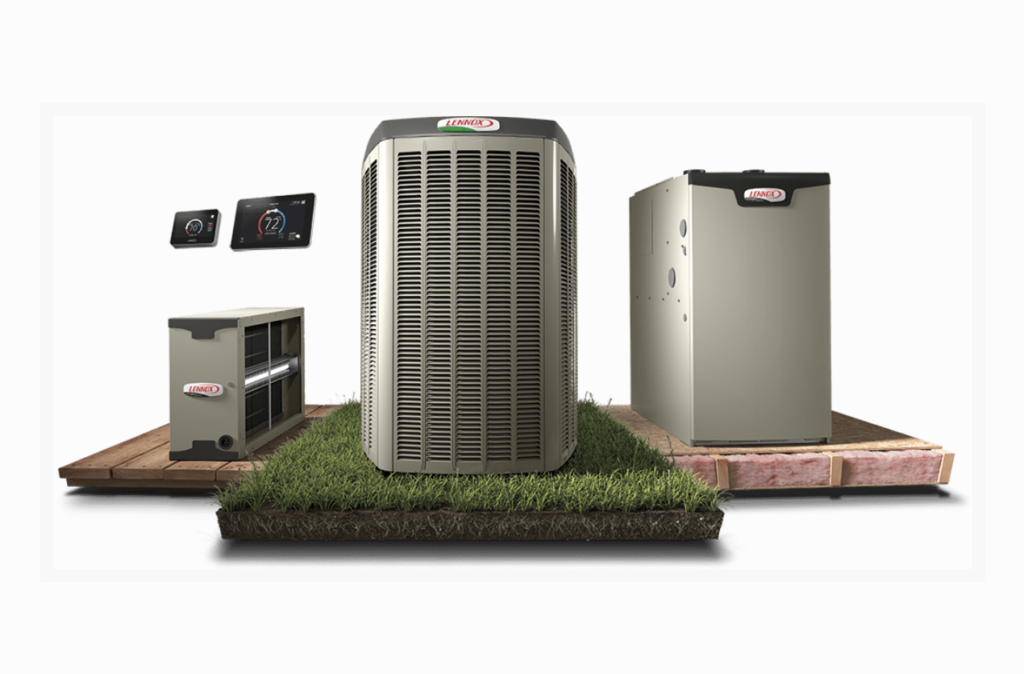
What is heat Pump ?
A heat pump is a home heating and cooling unit and is installed outside home. Like an air conditioner such as central air, it can cool your home, but it’s also capable of providing heat. In cooler months, a heat pump pulls heat from the cold outdoor air and transfers it indoors, and in warmer months, it pulls heat out of indoor air to cool your home. They are powered by electricity and transfer heat using refrigerant to provide comfort all year. they handle both cooling and heating, homeowners may not need to install separate systems to heat their homes. In colder climates, an electric heat strip can be added to the indoor fan coil for additional capabilities. Heat pumps do not burn fossil fuel like natural Gas, making them more environmentally friendly.
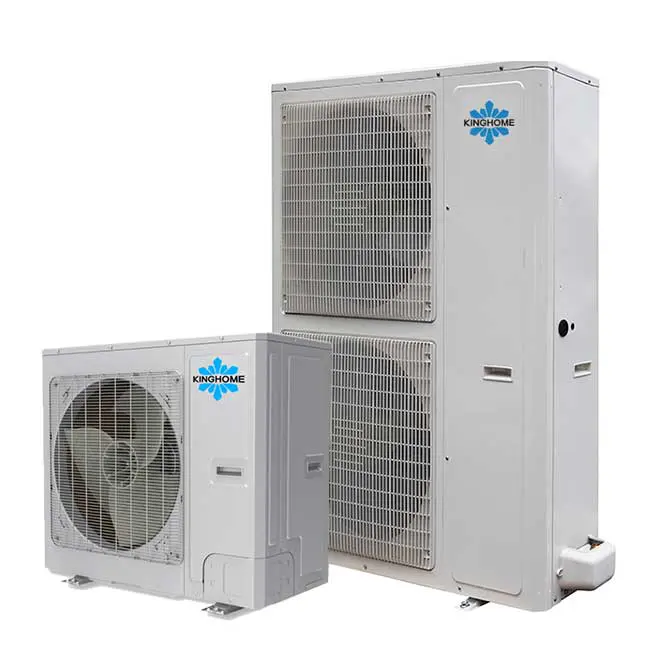
WHAT TYPES OF HEAT PUMPS ARE THERE?
The two most common types of heat pumps are air-source and ground-source. Air-source heat pumps transfer heat between indoor air and outdoor air, and are more popular for residential heating and cooling.
Ground-source heat pumps, sometimes called geothermal heat pumps, transfer heat between the air inside your home and the ground outside. These are more expensive to install but are typically more efficient and have a lower operating cost due to the consistency of the ground temperature throughout the year.
HOW DOES A HEAT PUMP WORK?
How does a heat pump work? Heat pumps transfer heat from one place to another by different air or heat sources. Air source heat pumps move heat between the air inside a home and the air outside a home, while ground source heat pumps (known as geothermal heat pumps) transfer heat between the air inside a home and the ground outside a home. We will focus on air source heat pumps, but the basic operation is the same for both.
HEAT PUMP BASICS
Despite the name, heat pumps do not generate heat – they move heat from one place to another. A furnace creates heat that is distributed throughout a home, but a heat pump absorbs heat energy from the outside air (even in cold temperatures) and transfers it to the indoor air. When in cooling mode a heat pump and an air conditioner are functionally identical, absorbing heat from the indoor air and releasing it through the outdoor unit.
When considering which type of system is best for your home, several important factors should be considered, including the size of the home and the local climate. the expertise of Alliance to properly evaluate your specific needs and help you make the right decision.
WHERE DO HEAT PUMPS WORK BEST?
Homeowners in need of a new heating or cooling system, may consider the type of climate they live in before purchasing a heat pump system. Heat pumps are more common in milder climates, where the temperature does not typically drop below freezing. In colder regions, they can also be combined with furnaces for energy-efficient heating on all but the coldest days. When the temperature outside drops too low for the heat pump to operate effectively, the system will instead use the furnace to generate heat. This kind of system is often called a dual fuel system – it is very energy efficient and cost effective.
IMPORTANT COMPONENTS OF A HEAT PUMP SYSTEM
A typical air source heat pump system consists of two major components, an outdoor unit (which looks just like the outdoor unit of a split-system air conditioning system) and an indoor air handler unit. Both the indoor and outdoor unit contain various important sub-components.
OUTDOOR UNIT
The outdoor unit contains a coil and a fan. The coil operates as either a condenser (in cooling mode) or an evaporator (in heating mode). The fan blows outside air over the coil to facilitate the heat exchange.
INDOOR UNIT
Like the outdoor unit, the indoor unit, commonly referred to as the air handler unit, contains a coil and a fan. The coil acts as an evaporator (in cooling mode) or a condenser (in heating mode). The fan is responsible for moving air across the coil and throughout the ducts in the home.
REFRIGERANT
The refrigerant is the substance that absorbs and rejects heat as it circulates throughout the heat pump system.
COMPRESSOR
The compressor pressurizes the refrigerant and moves it throughout the system.
REVERSING VALVE
The part of the heat pump system that reverses the flow of refrigerant, allowing the system to operate in the opposite direction and switch between heating and cooling.
EXPANSION VALVE
The expansion valve acts as a metering device, regulating the flow of the refrigerant as it passes through the system, allowing for a reduction of pressure and temperature of the refrigerant.
HOW DOES A HEAT PUMP COOL AND HEAT?
Heat pumps do not create heat. They redistribute heat from the air or ground and use a refrigerant that circulates between the indoor fan coil (air handler) unit and the outdoor compressor to transfer the heat.
In cooling mode, a heat pump absorbs heat inside your home and releases it outdoors. In heating mode, the heat pump absorbs heat from the ground or outside air (even cold air) and releases it indoors.
HOW A HEAT PUMP WORKS - COOLING MODE
One of the most important things to understand about heat pump operation and the process of transferring heat is that heat energy naturally wants to move to areas with lower temperatures and less pressure. Heat pumps rely on this physical property, putting heat in contact with cooler, lower pressure environments so that the heat can naturally transfer. This is how a heat
HOW A HEAT PUMP WORKS - HEATING MODE
A Heat pump in heating mode operates just like cooling mode, except that the flow of refrigerant is reversed by the aptly named reversing valve. The flow reversal means that the heating source becomes the outside air (even when outdoor temperatures are low) and the heat energy is released inside the home. The outside coil now has the function of an evaporator, and the indoor coil now has the role of the condenser.
The physics of the process are the same. Heat energy is absorbed in the outdoor unit by cool liquid refrigerant, turning it into cold gas. Pressure is then applied to the cold gas, turning it to hot gas. The hot gas is cooled in the indoor unit by passing air, heating the air and condensing the the gas to warm liquid. The warm liquid is relieved of pressure as it enters the outdoor unit, turning it to cool liquid and renewing the cycle.
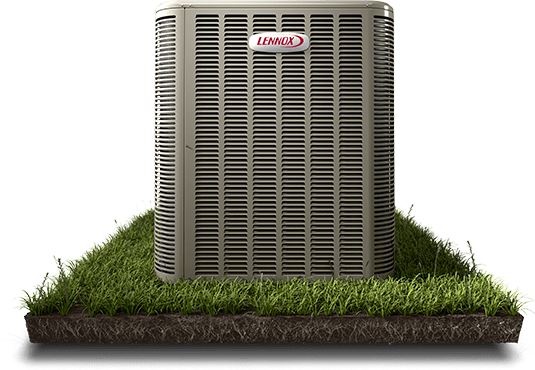
How to choose your Heat Pump system?
Source of fuel Type to use, such as Eclectic, oil, Propane or Natural gas Heating source, Heating Systems such as Forced Air vs. Hot Water or a Heat Pump, The efficiency of the existing and new Heating system, Capacity needed for your project, Cost of new heat pump and Maintenance, Furnaces brand and quality Furnace DC or Ac Motor, Electric Heat Pump
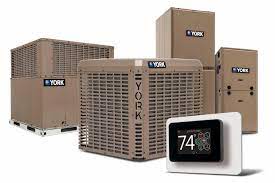
How to choose your Heat Pump system?
Source of fuel Type to use, such as Eclectic, oil, Propane or Natural gas Heating source, Heating Systems such as Forced Air vs. Hot Water or a Heat ump, The efficiency of the existing and new Heating system Capacity needed for your project, Cost of new heat pump and Maintenance, Furnaces band and quality, Furnace DC or Ac Motor, Boiler, Electric Heat Pump

How long does it take Heat pump replacement?
The amount of time it takes to replace a Heat pump depends on many different factors, including the skill of the technicians, the size of your home and the type of hvac system you are planning to replace, but it usually takes between 4 to 10 hours. Please reach out to learn more about the variables that will increase Heat pump installation time such as home layout, etc.
About heat pump efficiency
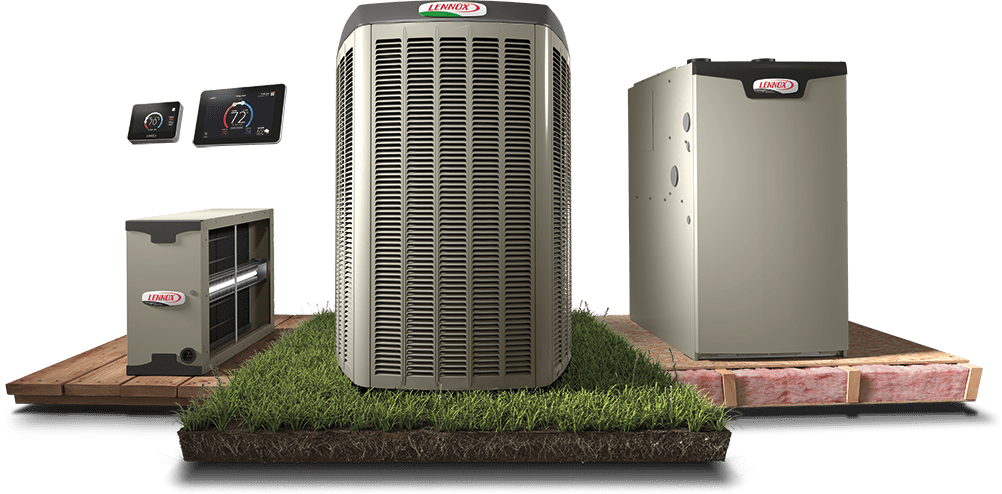





Air-Source Heat Pump (ASHP):
An air-source unitary heat pump model is a product other than a packaged terminal heat pump, which consists of one or more assemblies, powered by single phase electric current, rated below 65,000 Btu per hour, utilizing an indoor conditioning coil, compressor, and refrigerant-to-outdoor air heat exchanger to provide air heating, and may also provide air cooling, dehumidifying, humidifying circulating, and air cleaning.1
Central Air Conditioner (CAC):
A central air conditioner is a product, which is powered by single phase electric current, air cooled, rated below 65,000 Btu per hour, not contained within the same cabinet as a furnace, the rated capacity of which is above 225,000 Btu per hour, and is a heat pump or a cooling unit only.1
Single Package:
A single package unit is an air source heat pump or central air conditioner that has all major assemblies enclosed in a single cabinet.2
Split System:
A split system is an air source heat pump or central air conditioner that has one or more of the major assemblies separated from the others.2
Heating Seasonal Performance Factor (HSPF):
HSPF is the total space heating required in region IV during the space heating season, expressed in Btu, divided by the total electrical energy consumed by the heat pump system during the same season, expressed in watt-hours.3
Seasonal Energy Efficiency Ratio (SEER):
SEER is the total heat removed from the conditioned space during the annual cooling season, expressed in Btu, divided by the total electrical energy consumed by the air conditioner or heat pump during the same season, expressed in watt-hours.2
Energy Efficiency Ratio (EER):
EER is the ratio of the average rate of space cooling delivered to the average rate of electrical energy consumed by the air conditioner or heat pump. This ratio is expressed in Btu per watt.h (Btu/W.h). 2
